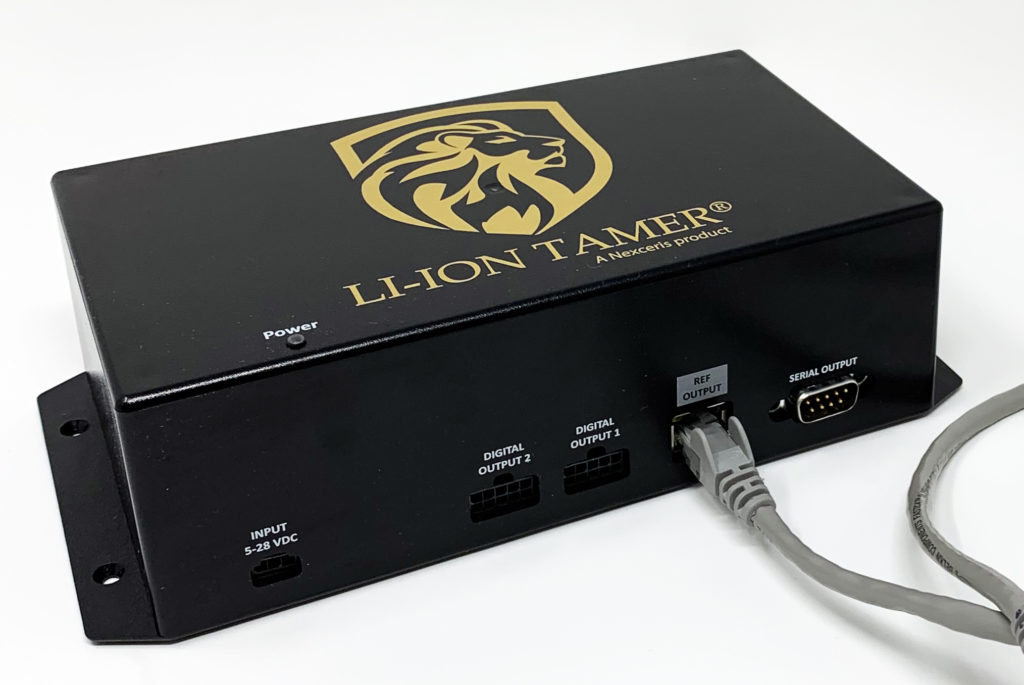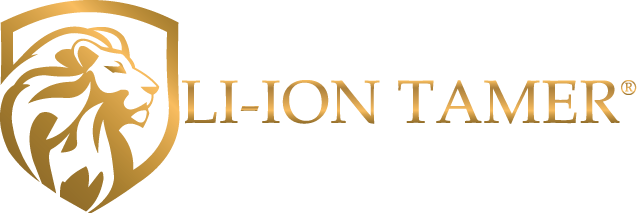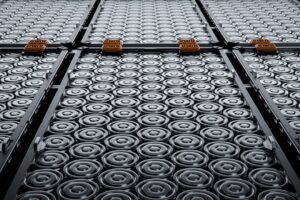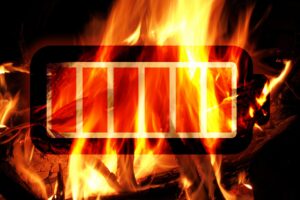This week South Korea announced the conclusions from their fire investigation committee regarding the root cause for the 23 energy storage system fires that have occurred since August of 2017. The lithium-ion battery fires resulted in system losses valued at over $32M USD. In January, the government requested to stop operation of existing systems which resulted the shutdown of 522 ESS units – approximately 35% of the budding market. The Ministry of Industry formed an investigation committee of academics, research institutions, laboratories and ESS industry experts to investigate the causes of the fires. Their report was released on Tuesday, June 11, 2019 and included four causes for the fires:
- Insufficient battery protection systems against electric shock
Systems were not able to properly protect against electrical hazards due to ground faults or short circuits. When large electrical surges were imposed on the battery system the fuse was not able to quickly interrupt the current which led to catastrophic failure of the contactors. The short circuit current allowed the failures cascade to the bus bar which resulted in fires inside the ESS. This failure mode was confirmed by the committee during their fire accident investigation. - Inadequate management of operating environment
Of the 23 fire incidents that occurred, 18 were installed in the mountains or coastal areas. It was concluded that these environments resulted in harsh conditions including large temperature swings, high humidity and elevated levels of dust and particulates which ultimately led to failure modes resulting in fires. The elevated humidity levels and large temperature swings resulted in condensation, and resulting residue after drying, within the battery system. This effect was determined to degrade the electrical insulation inside the battery modules between the cells and module ground which resulted in short circuits and subsequent fires. This cause was believed to be made worse by modules fans designed to air-cool the battery modules. - Faulty Installations
It was determined that human error during installations can also lead to system faults resulting in ESS fires. Not many details were provided by the investigation committee, but cases such as faulty wiring or mechanical damage to the batteries during installation were sited. - ESS System Integration
The integrated protection and management systems were found to be insufficient with the ESS. It was confirmed by the committee that gaps in the integration of the battery management system (BMS), energy management system (EMS), and power management system (PMS) can result in conditions that lead to fire. Integration issues included inadequate information sharing between systems, system operating sequence, and checking for abnormalities of the batteries after PCS maintenance or troubleshooting.
The committee also identified defects in battery cells including cutting defects and poor coating of the electrode materials. However, testing over 180 charge and discharge cycles did not result in fires, so the cells defects were not listed among the root causes for the system fires.
At Li-ion Tamer, we provide safety products and solutions to enable the mitigation of thermal runaway. Our products are specifically designed for lithium-ion ESS and provide early detection of catastrophic failure by detecting electrolyte gases emitted during early stages of battery failures. The Li-ion Tamer system is integrated with the ESS so that it can isolate the system before there is ever an issue.
Li-ion Tamer has been working to address ESS safety throughout the world including speaking at a technical seminar held the COEX Center in Seoul, South Korea in November 2018. Integral to ESS safety is the message that early warning of cell faults and redundant detection systems addresses a variety of failure modes in lithium ion battery systems. On the heels of this week’s government announcement, representatives from Li-ion Tamer will be speaking next week at the ESS Expo 2019 held at the KINTEX Exhibition Center in Seoul. Be sure to stay tuned to Li-ion Tamer for continuing blog posts regarding information from the ESS Expo in Seoul and the plan for the Korean ESS market moving forward.
If you are interested in learning more about our product and how it can be integrated into your systems to prevent thermal runaway, please contact us.
| Contact us to schedule a webinar |
|---|






